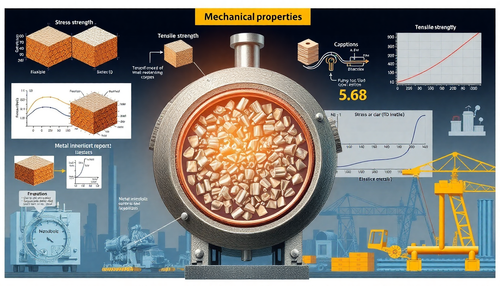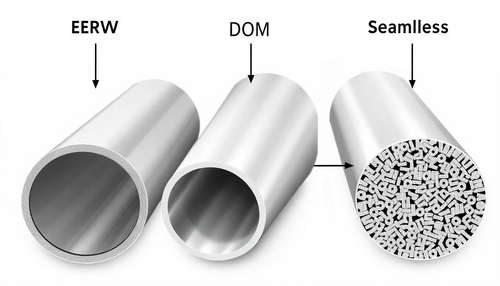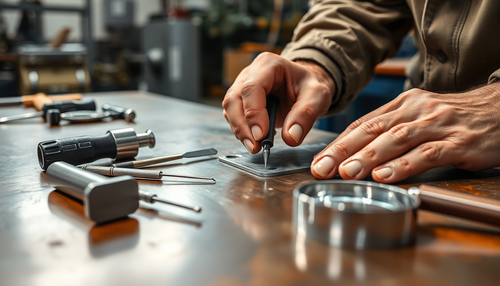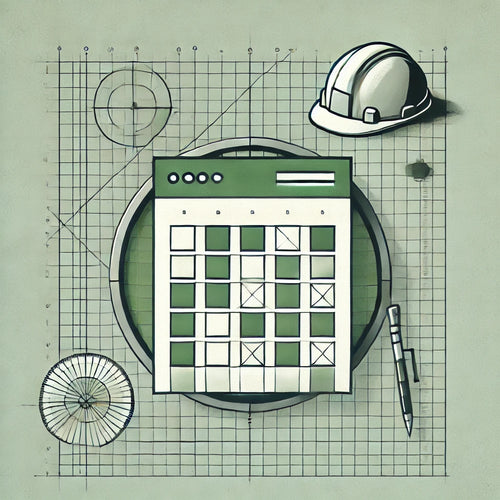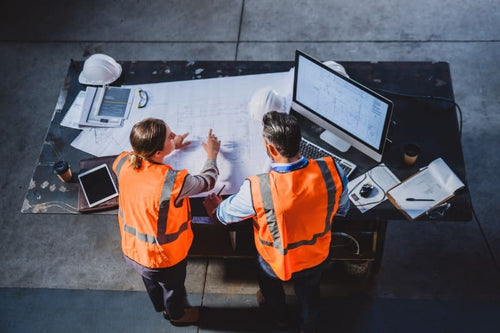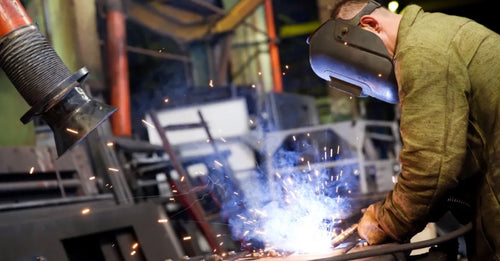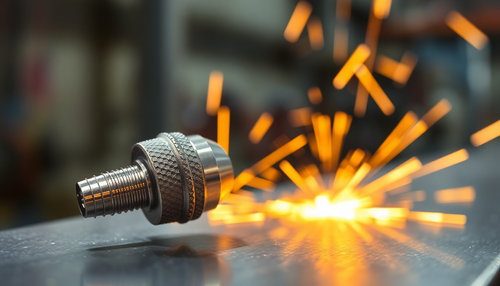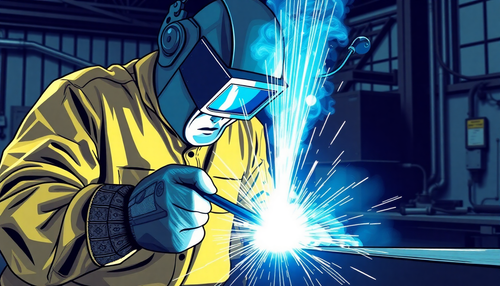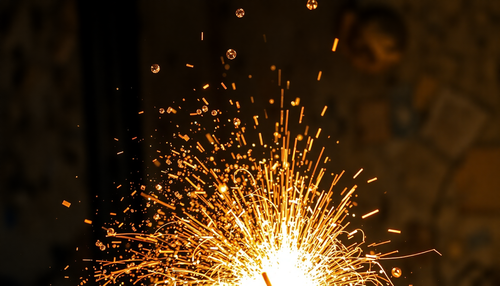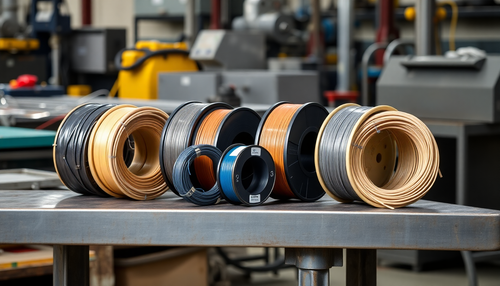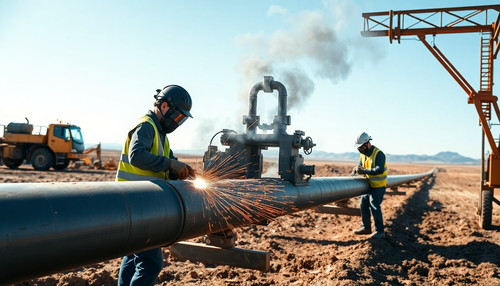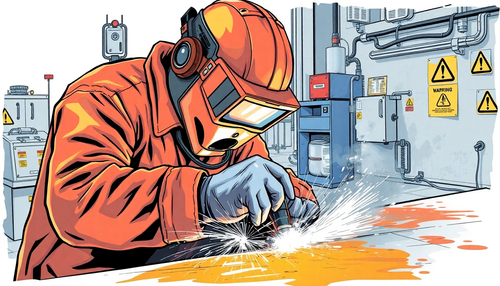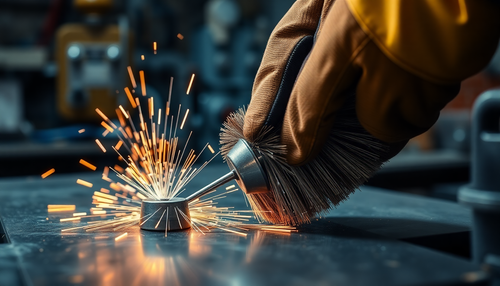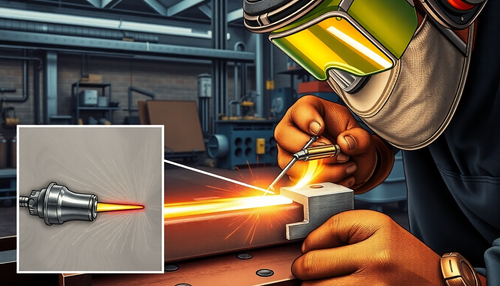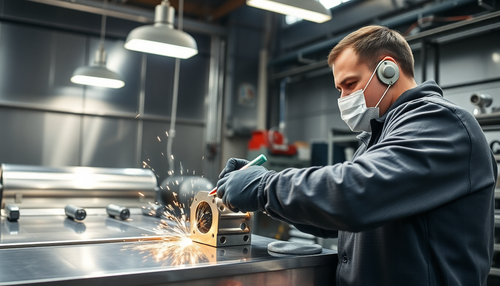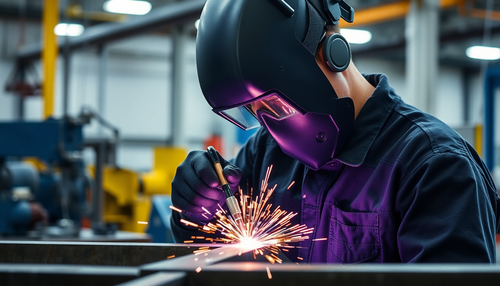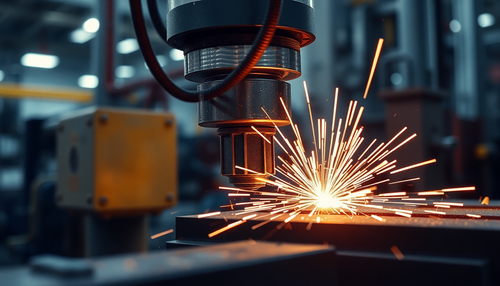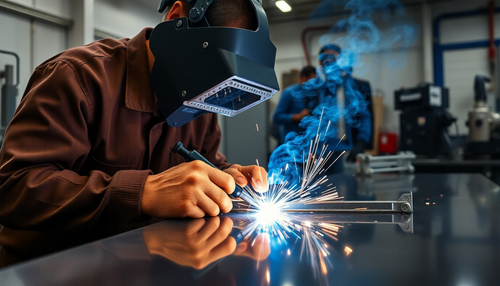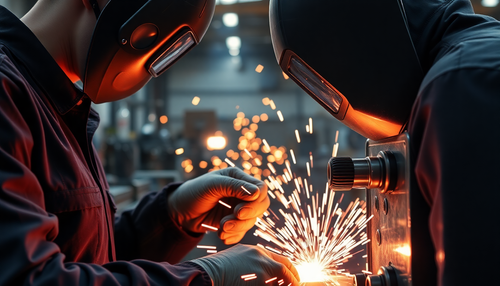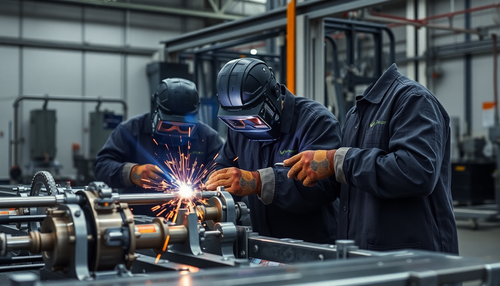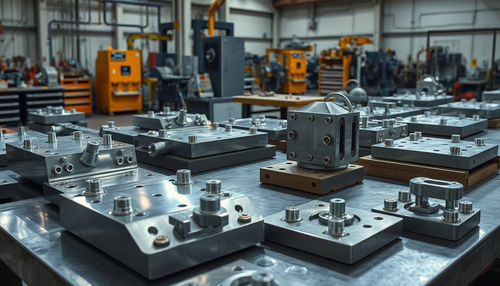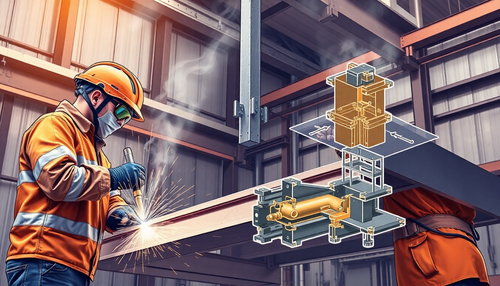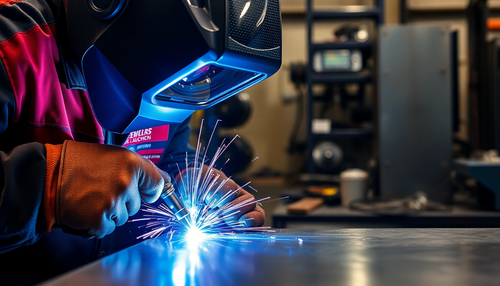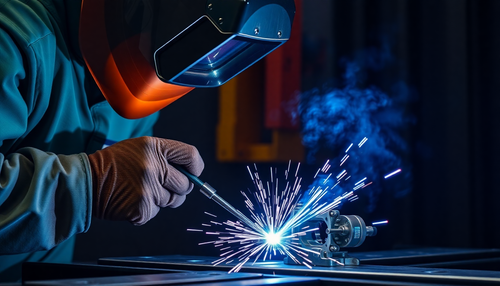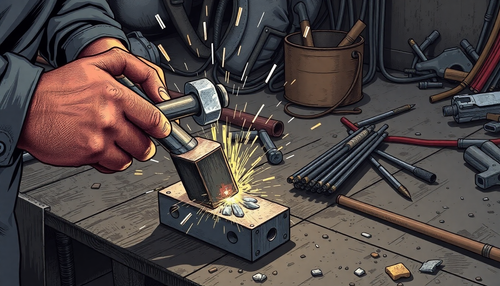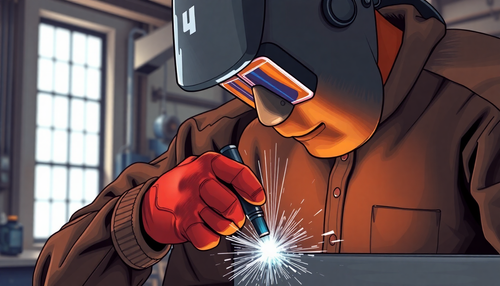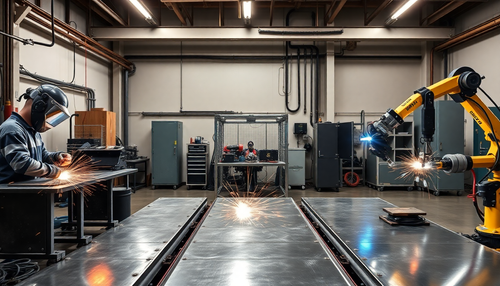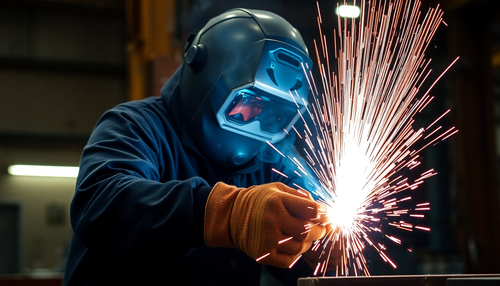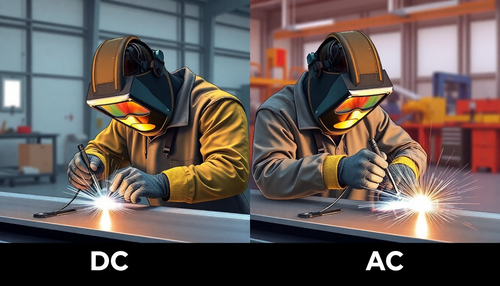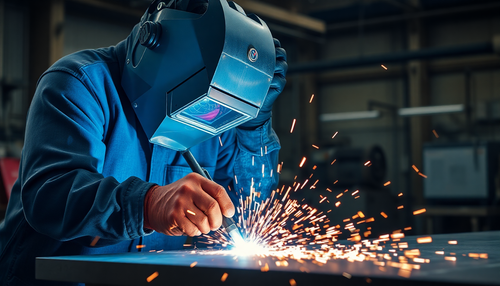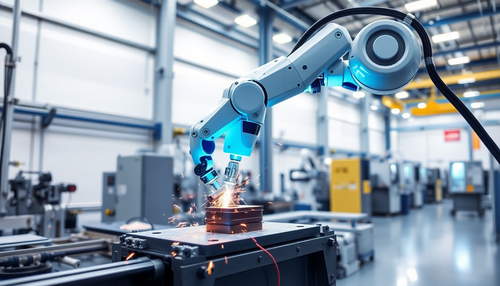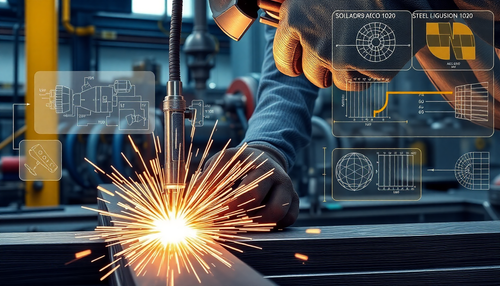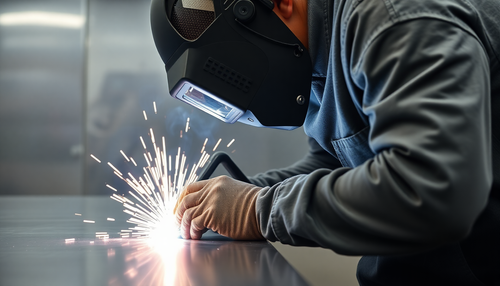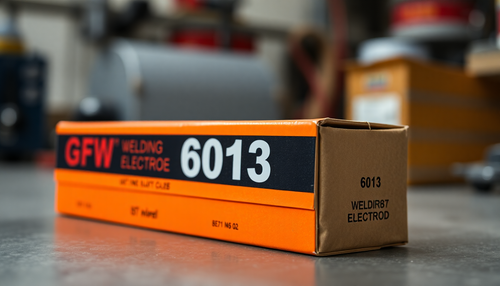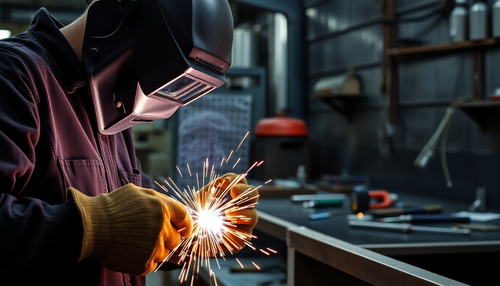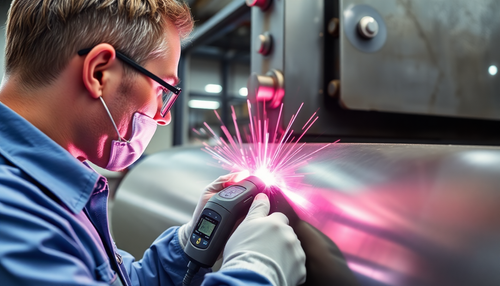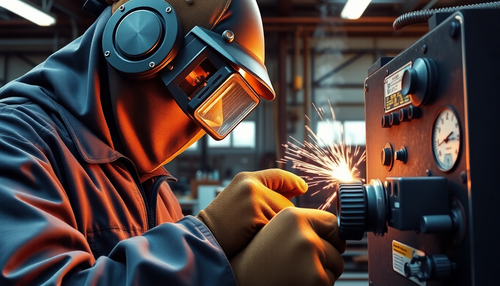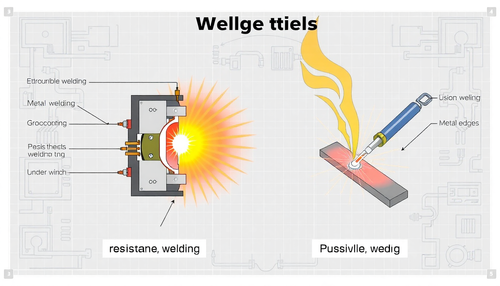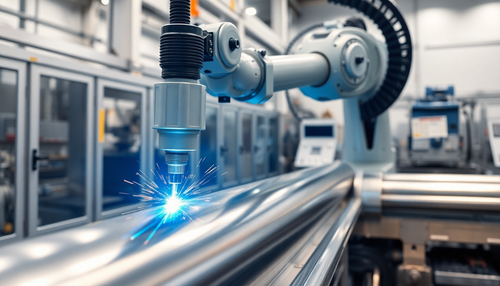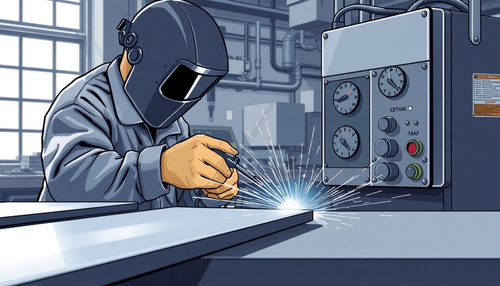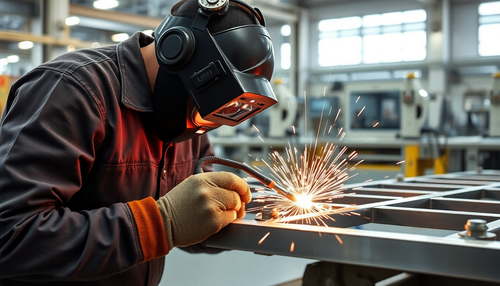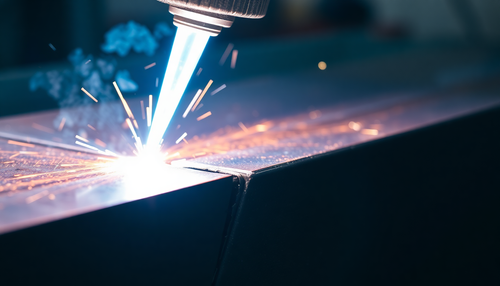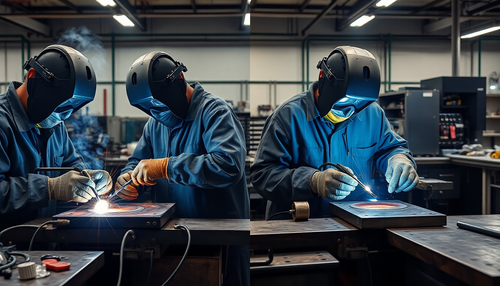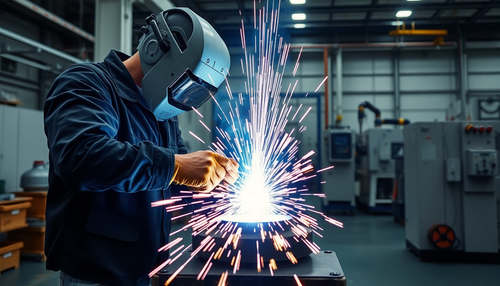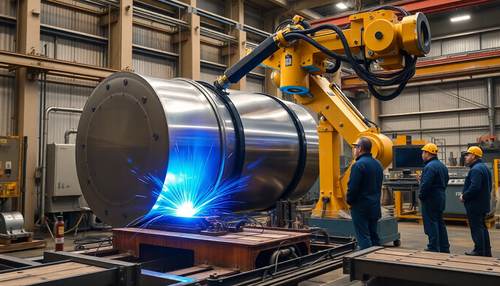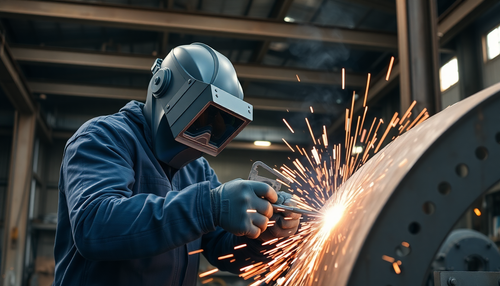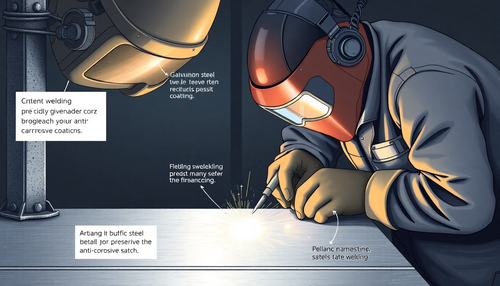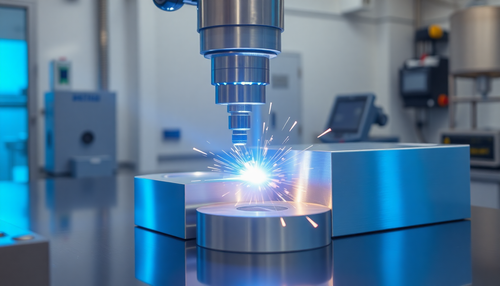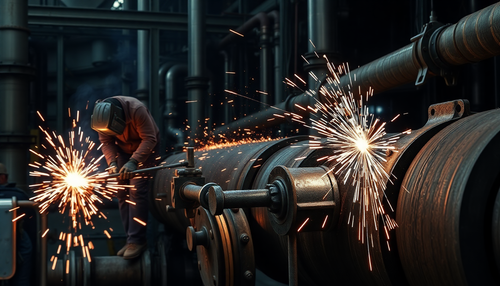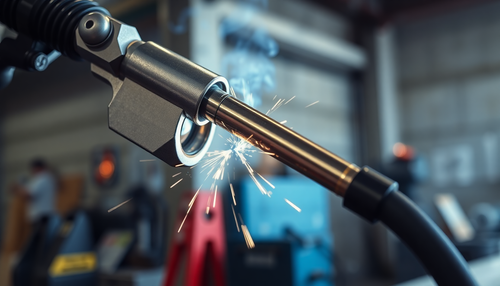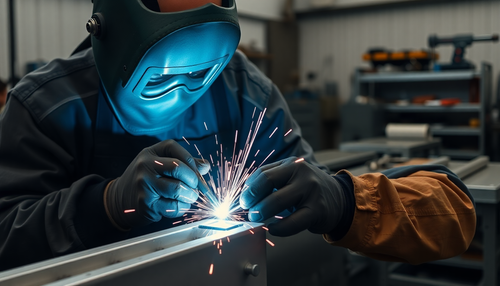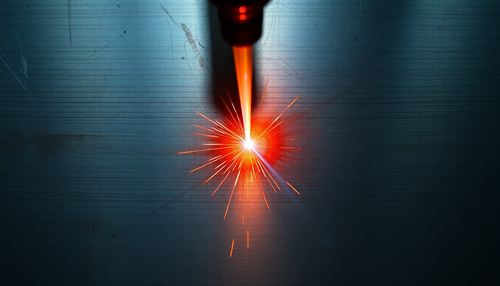
In the past, CNC milling and CNC turning were two different processes performed on two different machines – a milling machine and a lathe, respectively. However, as technology advances, both processes can be integrated into the same machine. The processes of milling and turning together are now called turning-milling.
This article serves as a guide to CNC turning-milling and considers the working principle of the turning-milling machine, common configurations, advantages and possible areas of application.
What is CNC turning and milling?
CNC milling is a machining process that combines the functions of CNC milling and CNC turning. To better understand this concept, let's look at the differences between milling and turning.

CNC milling is a machining process that uses computer-controlled controls and rotating cutting tools to gradually remove small pieces of the workpiece. This process is the most common type of CNC machining. CNC turning, on the other hand, is a machining process in which bars of material are held in place and rotated while a tool attached to the machine removes material to obtain the desired shape.
For a long time, these two processes were carried out independently. Now the two processes can be integrated and executed simultaneously by a high-precision and accurate CNC lathe machine. This can lead to the creation of different shapes and geometries for different materials, including metals and plastics.
Working Principle of CNC Milling Lathes
CNC milling lathes can perform milling and turning operations at the same time. This means that CNC turning and milling centers take on the work of both a milling machine and a lathe. Here you will find an overview of the functional principle of CNC milling lathes.

First, a part is created. The CNC turning-milling center starts work on the part, which is a large block of material. The first process, the turning process, is carried out using various cutting tools to remove material from the rotating part. The objective of this phase is to shape the part into cylindrical pieces.
After the turning process, the part passes through a rotating cutting tool, which also removes material from the part. This is the milling process that involves creating flat and irregular surfaces.
Lathe milling machines produce CNC turned parts with high precision, accuracy and speed. Furthermore, the machine is flexible and suitable for various shapes of different materials.
Common Configurations of CNC Turning and Milling Centers
Depending on how the machine tool holds the part, CNC milling and turning centers can belong to two configurations. They are:

Horizontal CNC Milling Lathe
This is the most common configuration on many CNC turning centers, but its use on CNC milling machines is not as prominent. Here the spindle of the CNC milling lathe is aligned horizontally and the parts are therefore held horizontally. The cutting tools are located on the side of the stand.
This configuration is not as stable as the vertical configuration because gravity does not help secure the part in the fixture. Therefore, it is rarely used for large and heavy parts.

Vertical CNC Milling Lathe
On vertical CNC milling lathes, the machine spindle is aligned horizontally and the parts are held vertically. In this configuration, the cutting tools point in a similar direction to the support. Due to gravity, vertical CNC turning centers are stronger and more stable than their horizontal counterparts.
This setup is particularly useful when machining large, heavy parts because gravity helps keep these large materials firmly seated in the fixture.
Advantages of CNC turning-milling
CNC turning and milling parts are being used more and more frequently in many industries. This is mainly due to the advantages compared to conventional individual milling machines and lathes. Below we will see some of these benefits.
Machining complex parts
The geometric complexity that traditional machining tools can support is limited. Additionally, when machining some complex parts, machinists may need to transfer parts from one machine to another.
The CNC milling lathe solves this problem because it can create complex geometric shapes without the need for material transfer. This improves product quality and the efficiency with which manufacturing companies can produce these complex products.

Improve speed
One of the main selling points of CNC lathe-mill machines is the speed at which they perform their operations compared to traditional machining tools. Traditionally, machinists had to set up a part on a lathe and perform turning operations on a part before they could set up the part on a milling machine and begin milling operations.
Because the CNC lathe-mill can perform both processes simultaneously, machine operators only need to set up the workpiece once and do not move the parts until the process is complete. This speeds up production and increases productivity in the manufacturing industry.
Greater precision
CNC machines are generally very precise, and this also applies to CNC milling and turning operations. However, accuracy is even greater with CNC turning and milling centers. This is mainly because the machinist does not need to prepare the raw material (part) more than once during the entire process. This contrasts with performing milling and turning operations on separate machines, where operators still need to adjust and move parts after one of the operations is completed.
The high precision and repeatability that CNC machines offer are even more beneficial when producing parts with tight tolerances. With these parts, even the smallest errors in moving and readjusting the parts can lead to the failure of the entire CNC machining process.
Other editing activities
In addition to milling and turning, CNC milling lathes can be programmed for a variety of tasks. This, in turn, means the manufacturing industry can use the machines for a variety of machining projects.
Additionally, some tasks that would otherwise be performed by machinists, such as loading parts, removing parts, and inspecting, can be fully automated and performed by the machine. This gives the operator more time for other tasks and generally increases productivity in the industry.
Applications of CNC milling and turning technology
Given that operators can program CNC milling and turning centers for a variety of complex operations, it's no surprise that they are used for many tasks across many industries. Some of these industries are:

Aerospace : CNC lathes can be useful in manufacturing aircraft and satellite components.
Medical : CNC machining is nothing new in the medical industry, and manufacturers often turn to CNC turning centers for implants and prosthetics, as well as other medical devices with similarly complex designs.
Automotive industry : Steering devices, engine components, and axles are typical parts that manufacturers produce using CNC turning and milling centers.
Electronics : Complex pieces of electronic hardware, such as motherboards, printed circuit boards, and amplifier cases, typically require a high level of precision and accuracy during manufacturing. Because CNC turn-milling parts generally guarantee this level of precision and accuracy, turn-milling operations are common in the electronics industry.
Energy : The oil and gas industry uses CNC milling machines for parts that ensure proper fuel flow. Nuclear power plants also often require complex parts with tight tolerance limits, and CNC machines can help achieve this.
Get quality CNC machining, milling and turning services at WayKen
CNC turning and milling is becoming more and more popular in the manufacturing industry every day. This is not surprising considering the advantages it offers over traditional tools. However, the benefits of these milling-turning services can only be maximized if they are carried out correctly and by the right professionals.
University Degree
From the basics of CNC turning and CNC milling, the main difference between the two operations is that in milling, the tool rotates while the workpiece is kept still, whereas in turning, the workpiece rotates. Traditionally, machinists had to complete one operation before moving on to the next.
However, with the advancement of technology, it is possible to perform both operations simultaneously using a CNC milling lathe. In addition to the relatively high production speed, CNC turning and milling centers also guarantee high accuracy and precision for complex parts. This, therefore, justifies its use in many industries today.


